-
Posts
5,678 -
Joined
-
Last visited
Content Type
Profiles
Blogs
Forums
American Weather
Media Demo
Store
Gallery
Posts posted by brooklynwx99
-
-
i swear, reading this thread is like groundhog day sometimes
-
 5
5
-
 1
1
-
-
-
wow, the ECMWF is super aggressive with the weakening of the SPV early on. can't remember the last time i've seen a SPV potentially this weak to start a winter
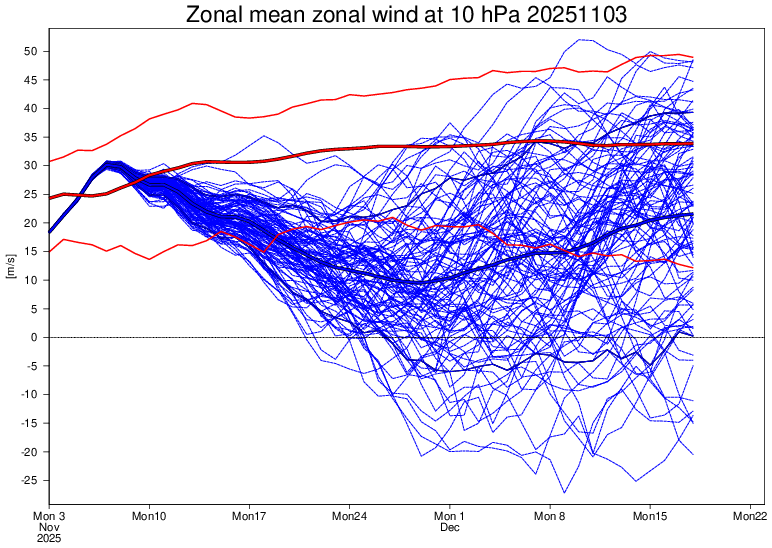
-
 7
7
-
 1
1
-
-
-
this is a pretty wild change near Japan since August. that heatwave is almost entirely wiped out... wondering if this is a change to a +PDO down the road, especially if we get a Nino next year
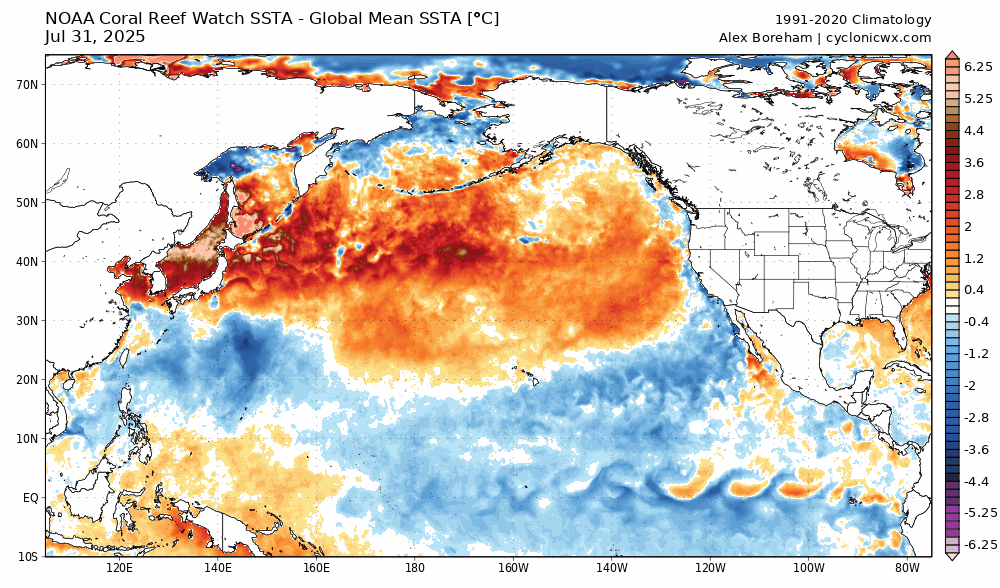
-
 9
9
-
-
7 hours ago, snowman19 said:
We have reached the point where people using 2013 as an SST analog (SST analog) have an issue. Not commenting on any other factors being used as an analog to that year, just SSTs. But as it stands now, we are not even in the ballpark of going into a Victoria mode PDO, not even close, whereas we were into a Victoria mode PDO by the beginning of November back in 2013….
we might as well mention the cooling of the majority of the N PAC basin, especially near Japan and SW of the Aleutian Islands
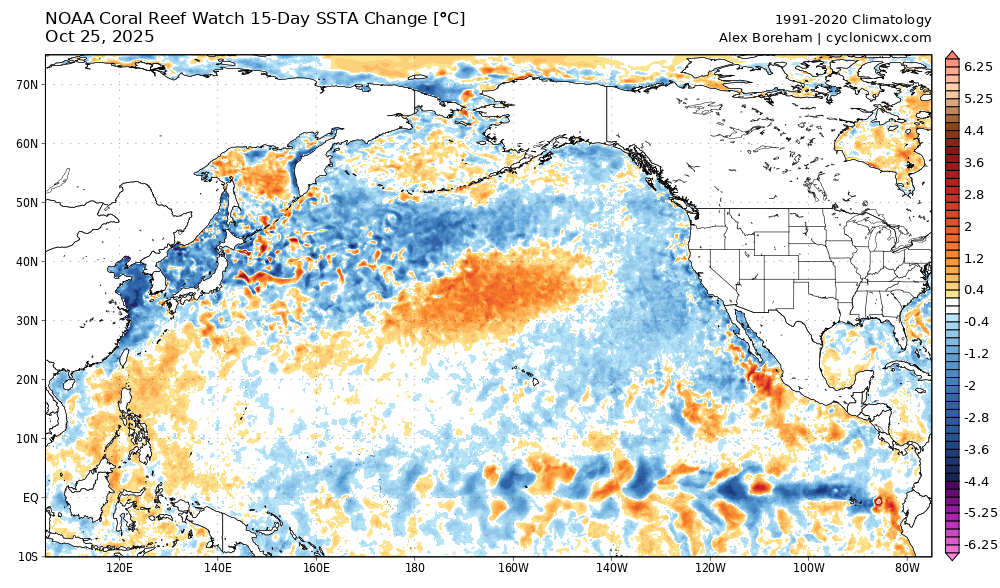
-
 5
5
-
-
10 minutes ago, jm1220 said:
-NAO blocking does us no good and can actually hurt if we get a steep SE ridge that links with it. That’s happened several times the last few winters. It can also keep everything suppressed to hell if we have a fast Pacific jet.
you seem a bit traumatized, dude. -NAO blocking has been in place for pretty much all of NYC's largest storms. to say that Greenland blocking is not beneficial is untrue
-
 2
2
-
-
-
4 hours ago, 40/70 Benchmark said:
Yea, AO and EPO are non-starters if they are hostile. NAO is icing on the cake and more of an insurance element against "what could go wrong".
I prefer to think of the AO as general blocking, the EPO as an Arctic cold index (independent on where it's going), the PNA as a modulator on where cold ends up in the CONUS, and the NAO as a big storm modifier, at least for NYC south. very difficult to get a MECS+ without a -NAO down here
i've done research on preloading patterns and the -NAO really has no impact up by you. it's all forced by the Pacific, as you know (see Jan 2022, Jan 2015)
-
 3
3
-
 1
1
-
-
-
the S/W becoming more amplified over WI leads to increased phasing down the line. the entire tilt of the trough is more negative as a result, leading to a much more tucked and amplified system. this is a solid example of looking at 500mb ensemble trends to see how phasing impacts storm track. with all major ensembles on board inside of D5 (CMC was holding out a bit yesterday and this morning), confidence in this system making significant impacts is a good bit higher
-
 6
6
-
 1
1
-
 1
1
-
-
39 minutes ago, GaWx said:
Fwiw today from JB:
Warm October, Warm Winter. Yes and No
I received an email last night saying alot of people on X are starting to hammer our winter idea because of the warm October. And they have good reason too, because warm Octobers centered in the Northeast tend to be warm winters. Some of the worst winters I can remember are those warm, dry Octobers
However there is a problem when we look at the analogs. When warm Octobers are centered in the heartland and the back part of the hurricane season ( more than 50% of ace after Sept 15) we get a very different story. What I did here with this analog is pick out the warmest Octobers since 1950 and double weighted the late season ACE ones:
So what do the winters look like?
Here’s my main problem with his maps. He’s using 1991-2020 for climo, which makes his winter analog composite look significantly colder than if earlier climo were used. Keep in mind that half of his years are 1989 and earlier.
What’s the most appropriate climo to use from that site? There’s no easy answer but something earlier than 1991-2020 would obviously be more appropriate. Octobers are still warm no matter what climo is chosen (different degrees of warmth depending on climo that’s chosen).
If I use 1951-2010, I get this:That actually shows very slightly mild or essentially NN. But perhaps that’s too far back although he does have 3 of his 10 weights as 1950-1.
What about if I use 1971-2000?It’s also very slightly mild/NN in the NE US:
The point is that he used too warm climo, which made his winter analog average too cold.
since I almost exclusively use analogs since 2000 with only a few in the 90s, I think the 91-20 climo is okay to use
-
 2
2
-
-
7 minutes ago, BlizzardWx said:
EPS weeklies try to bring the GOA trough back by the 20th of this month. But on the other hand they didn't see this GOA ridge until a few days ago. But considering this GOA ridge will probably be a dominant feature this winter I am not surprised to see it poking back up.
yeah, not the best job
-
 2
2
-
 1
1
-
-
5 hours ago, snowman19 said:
that's going to flip back over the next couple of weeks with the anomalous ridge developing there
-
 5
5
-
 1
1
-
-
13 hours ago, bluewave said:
I think the record cold in Siberia creating the tight gradient between the record SSTs south of the Aleutians is helping this very strong shift to +EPO. This is following a similar pattern of recent years. Currently the Aleutians are experienceing a 4 sigma jet max helping to dig the +EPO trough and pump the warm ridge over North America. So as we have seen in recent years it tough to maintain a -EPO indefinitely. This EPO reversal was among the strongest we have seen from September into October.
in recent years? when has it ever not been tough to maintain a -EPO indefinitely?
-
 2
2
-
-
I can assure you, when we do get a good winter from NYC south, I doubt anyone will have actually forecasted it beforehand. including myself
-
 6
6
-
 1
1
-
 1
1
-
-
i do think that 2013-14 is a solid analog for other reasons, though... ENSO strength and orientation is a dead ringer along with similar QBO and solar
-
On 9/7/2025 at 12:48 PM, weathafella said:
The NPAC is kind of delicious.
yeah, lots of warm water off the WC and in the GoA
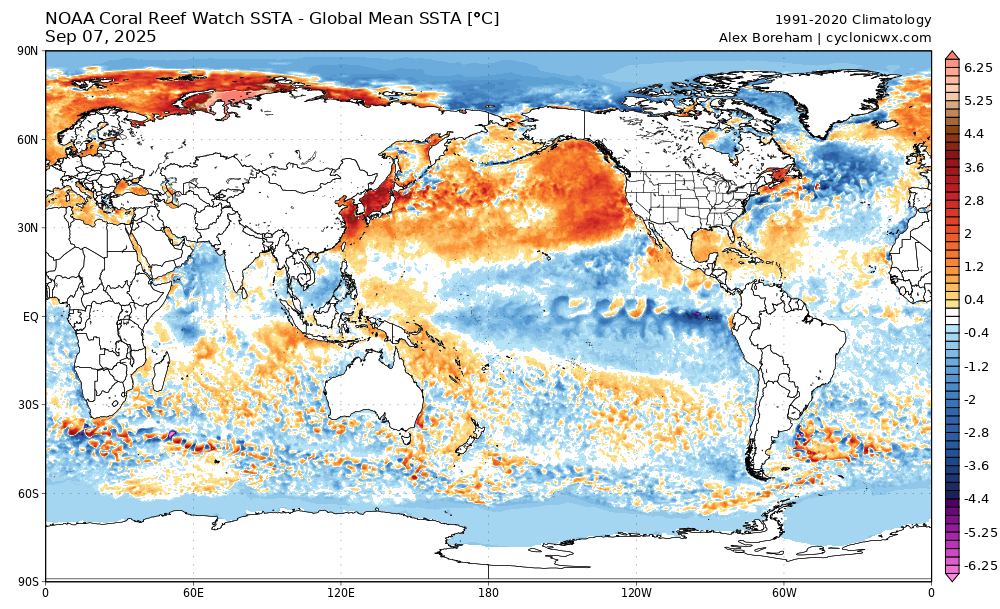
-
 1
1
-
-
no chatter about NPAC SSTs lately? PDO rose quite a bit in the last couple of weeks. that's also a ton of warm water off the WC
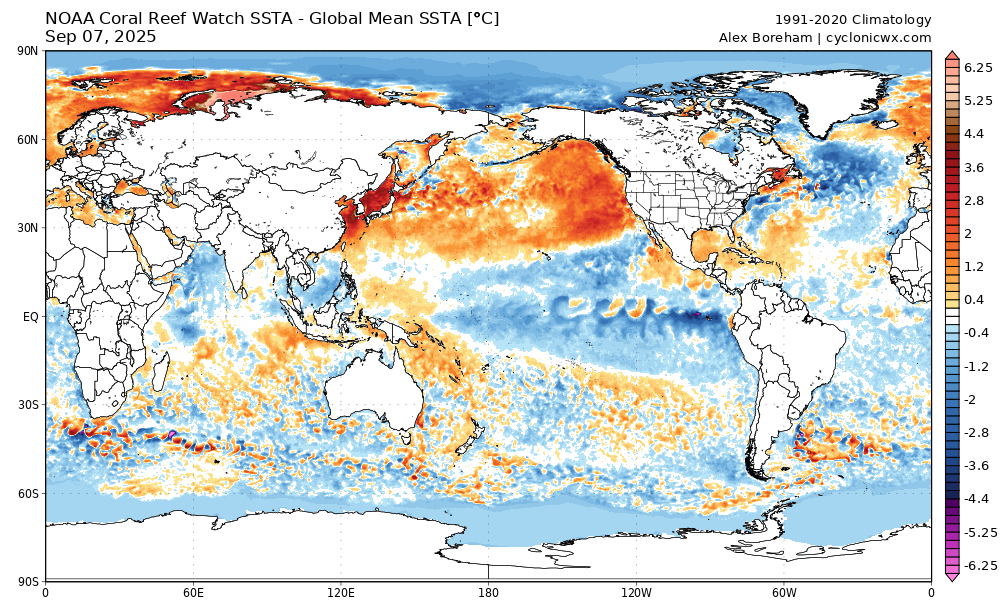

-
 5
5
-
-
5 minutes ago, bluewave said:
For the I-95 corridor from DC to Boston this has been the lowest 7 year snowfall stretch ending in 2025 that these areas have ever seen. The main difference between this one and past snow droughts has been this time it has been warmth holding back the snowfall.
Past 7 year stretches with much lower snowfall were mostly the result of drier patterns since they occurred back in much colder climate eras relative to the last decade. This time we have been getting warm storm tracks too far north and warm winter background patterns.
NYC and Boston just surpassed the 1986 to 1992 snow droughts That era was much colder than the current 2019 to 2025 period. Plus we got the historic 1993-1994 and 1995-1996 seasons ending the snow drought. Our climate has warmed significantly since then making a repeat of those two historic winters unlikely.
So it’s going to take an historic volcanic eruption not seen in hundreds or thousands of years in order to cool the climate enough for maybe 2-7 years before the effects wear off and the warmth rebounds. Unfortunately, we don’t have the current technology to make a reliable long range volcanic eruption forecast.
So my long range out look outlook from DC to Boston contains several scenarios. The scenarios aren’t necessarily listed in order of probability. Just what each scenario would entail.
#1….Lower snowfall regime continues similar to the last 7 seasons through the remainder of the 2020s.
#2…Small bounce off 7 year lows through the remainder of the 2020s with slightly higher snowfall during one of more of the next 5 seasons.
#3 …historic volcanic event not seen since early 1800s or even before that era dramatically cools the planet for 3 to perhaps 7 years before temperatures resume rise again. This scenario has very low predictability. And could lead to much colder and perhaps snowier winters for a time.
Boston to DC record low snowfall last 7 season average from 2018-2019 to 2024-2025 and previous record 7 year lows
Boston…2025…26.6”…….1992….29.9”
NYC…….2025….14.9”…….1992…..16.3”
Philly…...2025….10.5”…….1933…..12.5”
DC…….…2025….8.5”…….1995…..10.1”
so you think that we're going to need a major volcanic eruption to see a 50"+ snowfall winter in NYC? I find that hard to believe given how much more moisture is available when cold air is around. seems like a bit of a stretch
-
 1
1
-
 1
1
-
 1
1
-
-
3 minutes ago, anthonymm said:
Agreed, but the reversion is rather extreme. I mean c'mon:
2021-2022: 17.9"
2022-2023: 2.3"
2023-2024: 7.5"
2024-2025: 12.9 " (despite the sustained cold).
That streak is more anomalous in my opinion than the snowy 2010s pattern.
is it really? we had four 50"+ winters out of six from 2009-10 to 2014-15. it was ridiculous
we also had similarly crappy stretches in the 70s-90s, we just had a lot more 10-15" winters than the single digit ones (not all that much better IMO)
-
 1
1
-
-
1 hour ago, anthonymm said:
We always find ways to avoid getting snowstorms in the 2020s. It's like nature is overcorrecting massively for the snowy 2000s-2010s. I really think no matter what kinda 500 mb pattern we get we aren't gonna get a >30" winter for the next few years.
i earnestly believe that some of what's been occurring for the last few years is regression to the mean
that 20 year stretch was insane... NYC averaged 34" of snow from 2002-03 to 2020-21. that was not going to last
-
 1
1
-
 2
2
-
-
10 minutes ago, 40/70 Benchmark said:
QBO is not unfavorable this year and La Niña is still going to be weak. This seems like splitting hairs to me...and believe me, I want a repeat of last winter like a hole in the head.
although I didn't like the results, I would run the 500mb pattern back in a heartbeat. that winter was a clinic on how to get the least amount of snow with favorable 500mb patterns
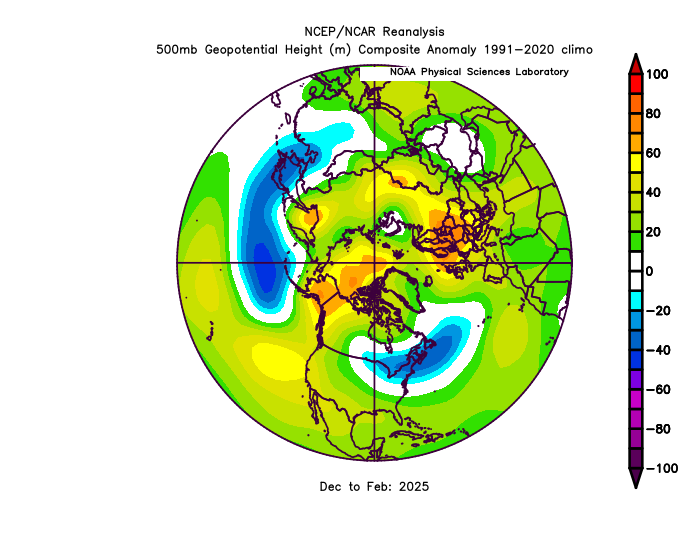
-
 5
5
-
-
45 minutes ago, snowman19 said:
I’m not disagreeing with the 500mb +AO/+NAO, however, there are many big differences I see, namely last year’s Nina didn’t get going this early, it was a late-bloomer event, we didn’t have a strong -IOD and the AAM was the complete opposite. We had the very strong Nino like +AAM right into November, this year, deep -AAM. The PMM is and has been very negative this year, was not negative at this time last year. The North Atlantic didn’t have the south of Greenland to Davis Straight cold pool last year. Also, the marine heatwave around Japan in the NW PAC was getting bombarded with recurving tropical cyclones and extratropical storms coming off the coast, which was upwelling and cooling the SSTS in that area, not the case this year, in fact SSTS are 11 degrees F above normal in that area currently. Further, the QBO has flipped
looking at RONI, the MJJ this year is -0.4 and last year it was -0.45. i also don't take the N ATL SSTs into account all that much, I find correlations with our weather pretty weak. even though the heatwave near Japan is stronger, the SSTs off the WC are also higher, so the PDO is about the same. if anything, it was more consistently under -3 last year
overall, I think there are a lot of big picture similarities. I don't like to get too granular with LR forecasting
-
 1
1
-


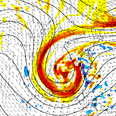
.thumb.gif.7818506630c317343770598cc9fc88f0.gif)
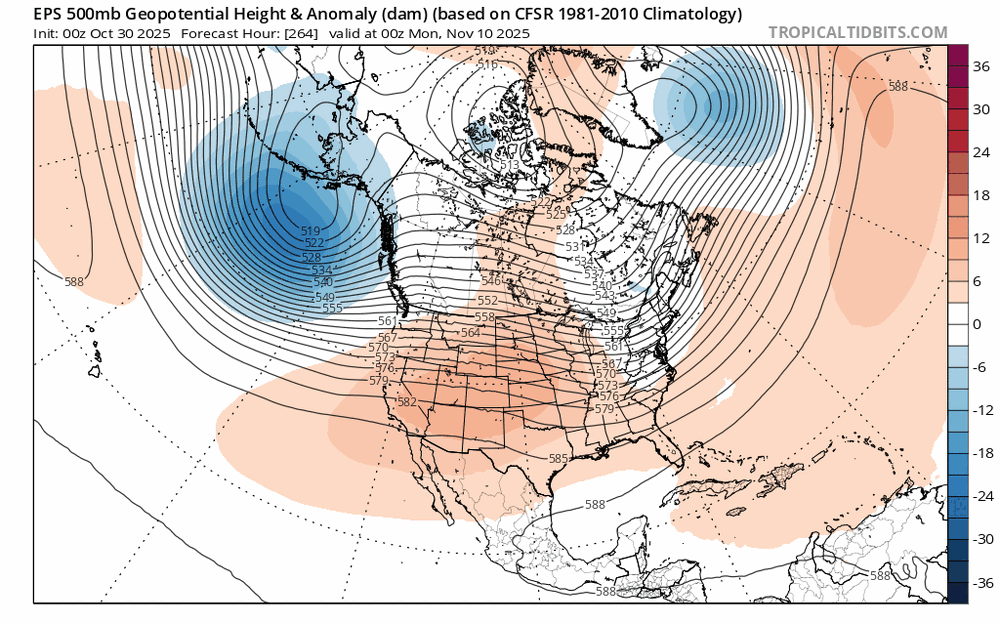

.png.f278b33dbac4111e4eb23c0c0aa6f38e.png)
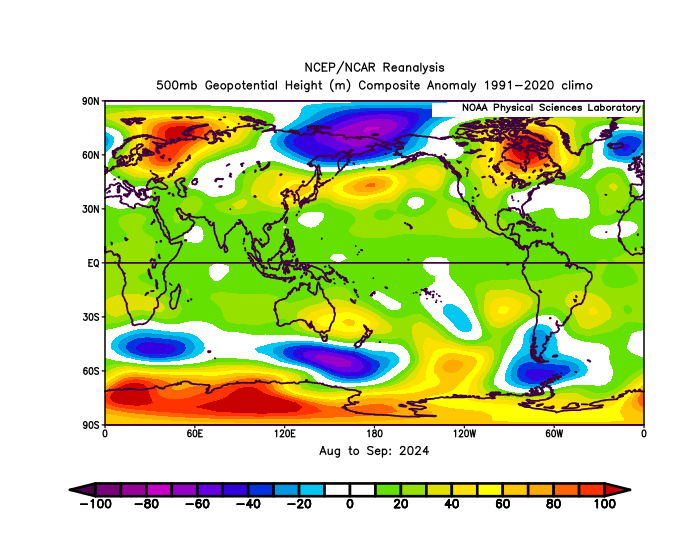
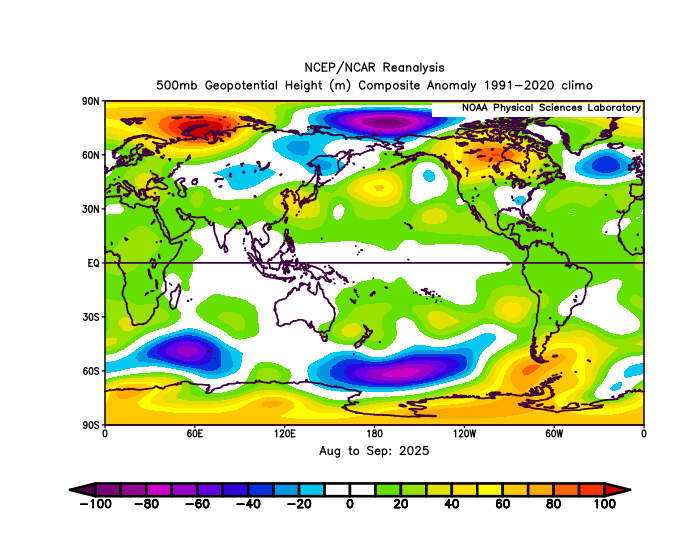

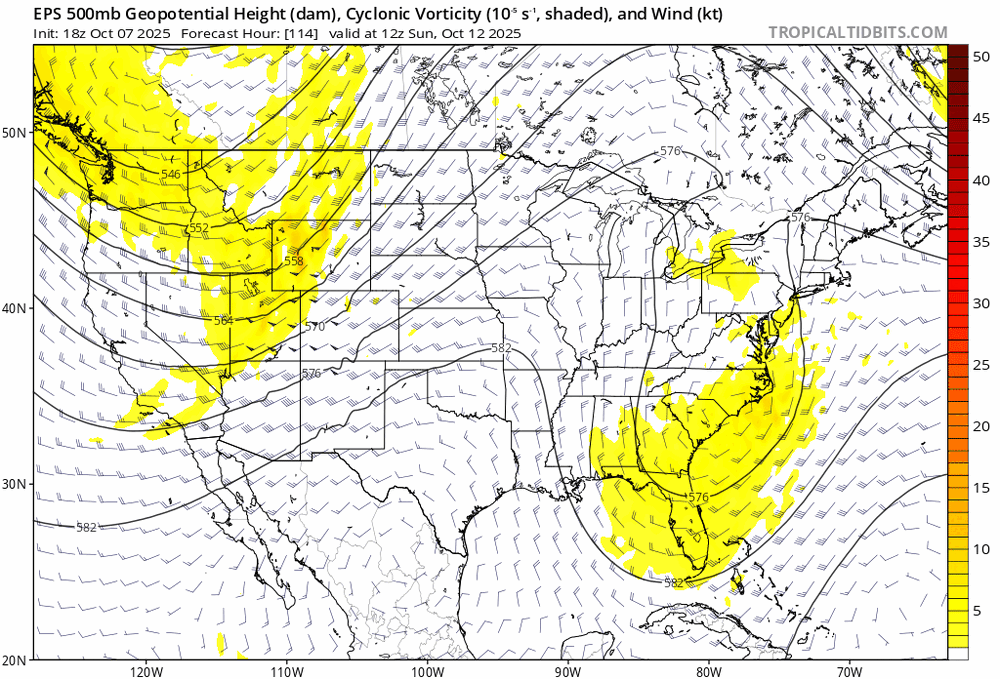
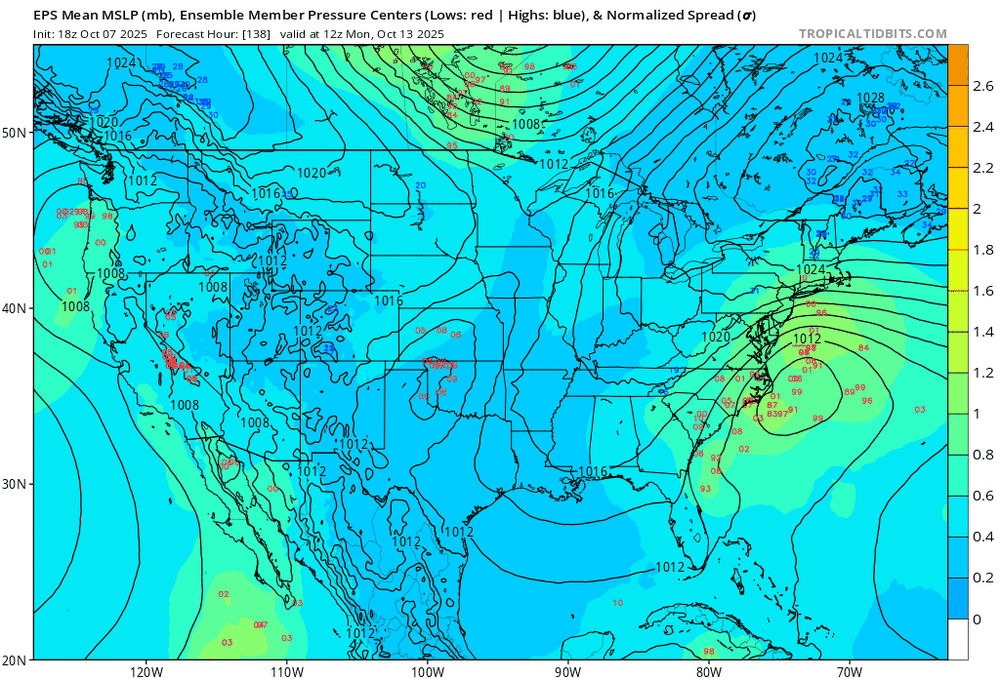

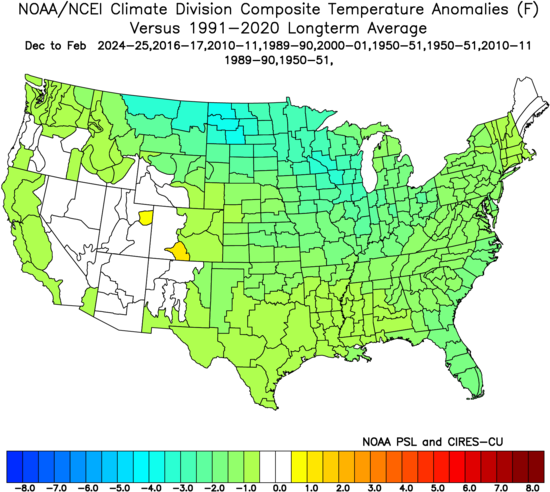
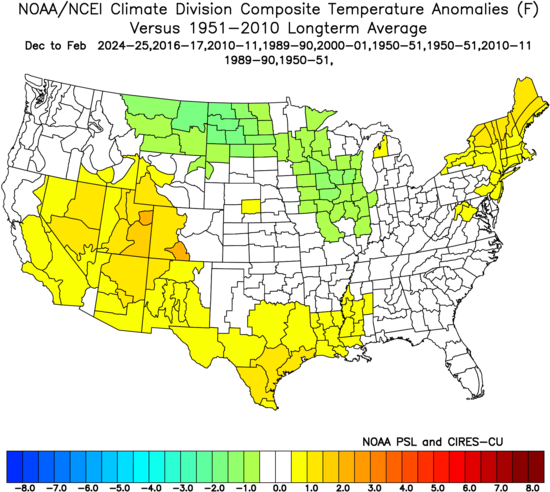

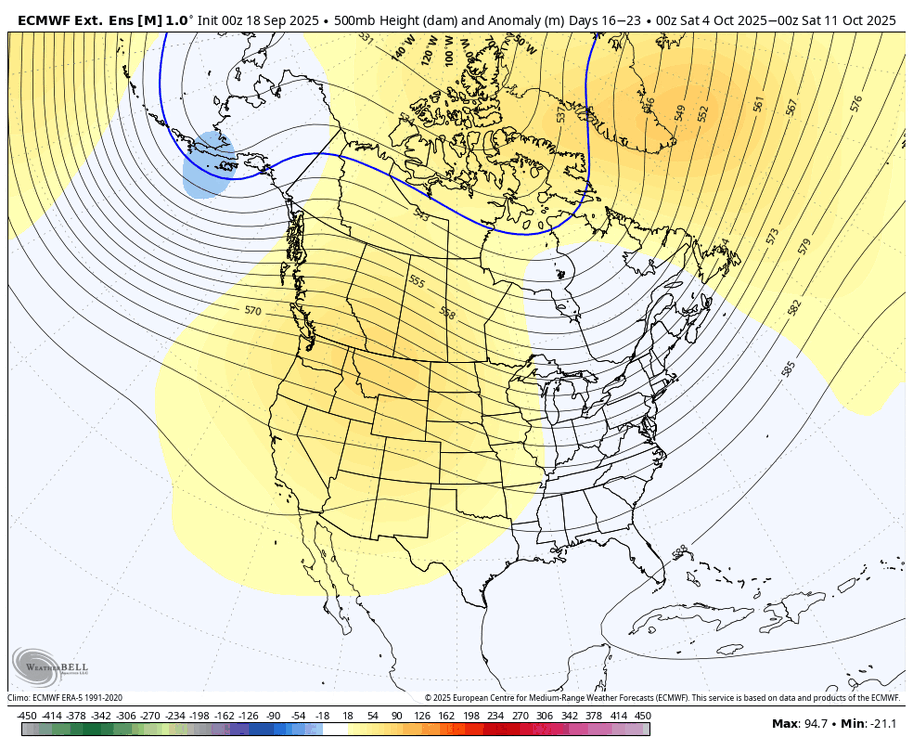

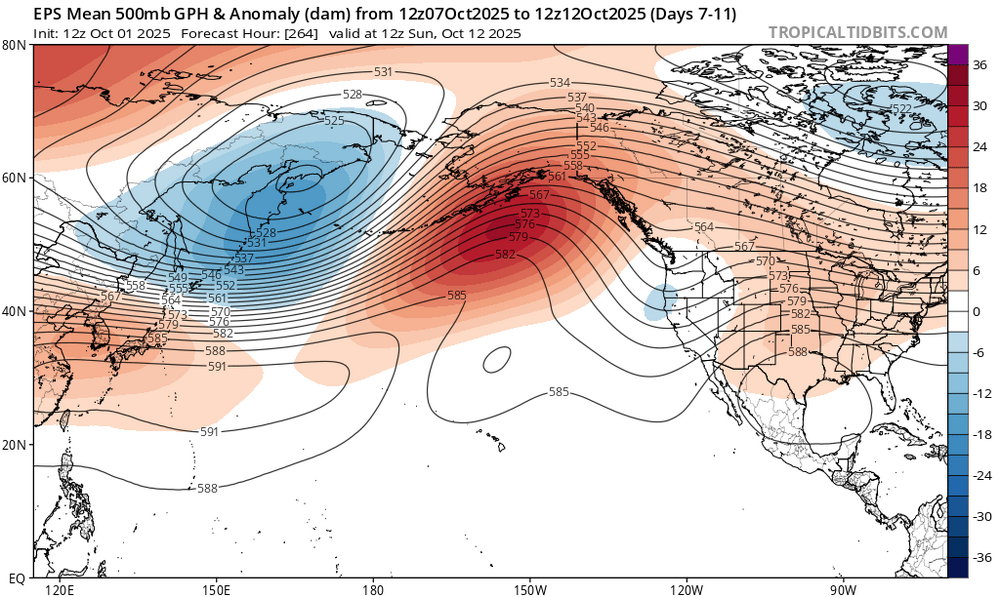
November 2025 general discussions and probable topic derailings ...
in New England
Posted
what a day. i find it rather unsettling that people that appreciate the weather can't seem to understand that we are impacting it
there is a debate to be had as to how we are impacting the weather directly, aside from a direct increase in overall temperature, and I think that the debate in that regard is needed and is healthy. for example, debating how the increased warming will impact nor'easter potential is worth the time, and the perspectives on that topic are appreciated
however, totally denying the impact that we have had is complete BS. that stems from denial or political affiliation (which is honestly even worse than straight up denial)
sorry to mods if this needs to be cleaned up btw